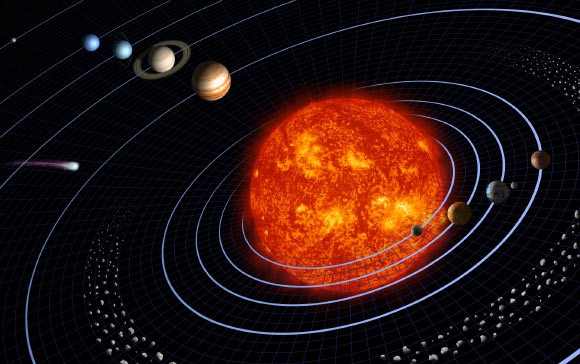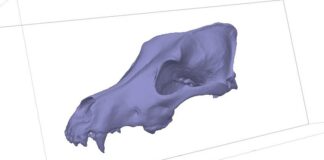New research indicates that our Solar System is moving through space at a velocity significantly higher than previously estimated – more than three times faster than current cosmological models predict. This discovery, based on the distribution of distant radio galaxies, raises fundamental questions about our understanding of the Universe’s large-scale structure and the assumptions underlying the Standard Model of cosmology.
The Discovery: Measuring Cosmic Motion
The study, led by astrophysicist Lukas Böhme at Bielefeld University, analyzed the distribution of radio galaxies – distant galaxies that emit strong radio waves. Unlike visible light, radio waves penetrate dust and gas, allowing astronomers to observe galaxies hidden from optical telescopes. As the Solar System moves through space, this motion creates a subtle “headwind” effect: a slight overrepresentation of radio galaxies in the direction of travel.
New Data, Stronger Signal
Using data from the LOFAR telescope and two additional radio observatories, Böhme and his team made highly precise measurements of these galaxies. They applied a novel statistical method accounting for multi-component structures within the galaxies, improving accuracy. The combined data revealed a statistically significant deviation exceeding five sigma, a threshold considered strong evidence in scientific research.
The measurement shows an anisotropy – a dipole – in the distribution of radio galaxies that is 3.7 times stronger than predicted by the Standard Model. This model, describing the evolution of the cosmos since the Big Bang, assumes a largely uniform distribution of matter.
Challenging Existing Models
“If our Solar System is indeed moving this fast, we need to question fundamental assumptions about the large-scale structure of the Universe,” stated Professor Dominik Schwarz, co-author of the study from Bielefeld University. “Alternatively, the distribution of radio galaxies itself may be less uniform than we have believed.”
Confirmation from Quasar Data
These findings align with earlier observations of quasars – the extremely bright centers of distant galaxies powered by supermassive black holes. The same anomalous effect appeared in infrared data from quasar studies, suggesting it’s not a measurement error but a genuine cosmic feature.
Implications for Cosmology
The study underscores how new observational methods can reshape our understanding of the cosmos. The results force a reevaluation of cosmological assumptions and highlight how much remains undiscovered in the Universe.
The research was published this month in the journal Physical Review Letters.
The findings suggest either our current models of the Universe are incomplete, or the distribution of matter within it is far more complex than previously assumed. Further investigation is needed to resolve this discrepancy and refine our understanding of the cosmos

























